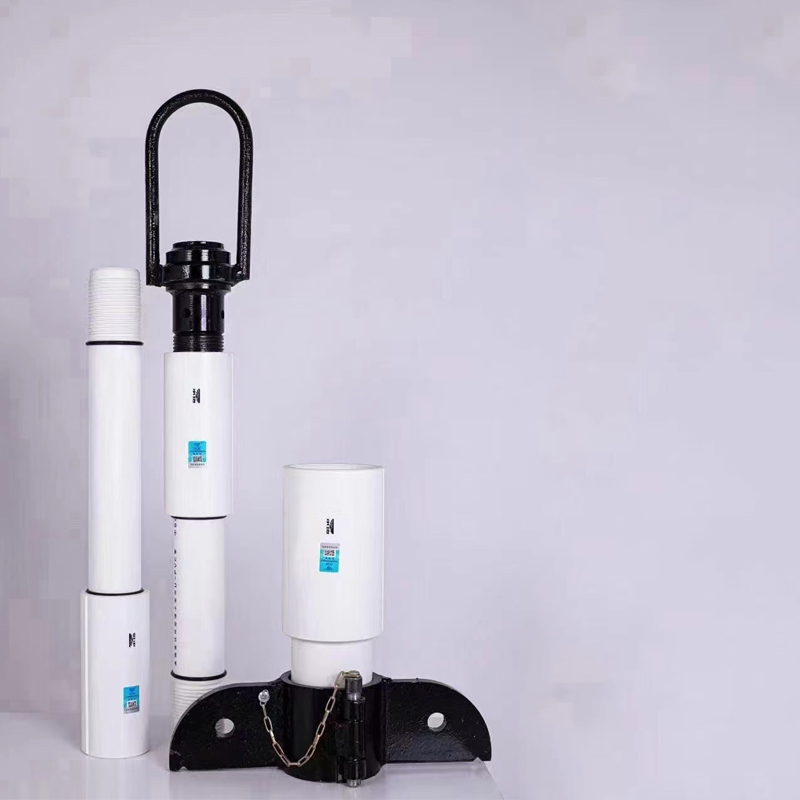Aug . 12, 2024 12:56 Back to list
Exploring the Diverse Applications and Benefits of HDPE Pipe Products in Various Industries
The Versatility of HDPE Pipe A Key Component in Modern Infrastructure
High-Density Polyethylene (HDPE) pipes have gained substantial popularity in various industries due to their impressive strength, flexibility, and resistance to various environmental factors. Often utilized in water distribution systems, irrigation, gas pipelines, and sewage management, HDPE pipes are revolutionizing how we approach construction and infrastructure projects. In this article, we will explore the numerous products and applications that highlight the importance of HDPE pipes in modern society.
One of the primary uses of HDPE pipes is in the water supply sector. These pipes excel in transporting potable water thanks to their inert nature, which prevents contamination. They are less likely to crack or break when under pressure, making them both reliable and long-lasting. Water utilities have largely embraced HDPE due to its resistance to corrosion and chemicals, which are common in various water sources. Furthermore, the smooth interior surface of HDPE pipes reduces friction, enabling efficient water flow and minimizing energy costs in pumping systems.
The Versatility of HDPE Pipe A Key Component in Modern Infrastructure
Gas distribution is another critical application for HDPE pipes. With increasing demand for natural gas, the industry has turned to HDPE for its ability to safely transport gas over long distances. HDPE pipes offer excellent impact resistance and can endure the stresses imposed by ground movement, thus minimizing the risk of leaks. Furthermore, these pipes can be fused together to create a continuous system without joints, which enhances safety by eliminating potential leak points.
hdpe pipe use products

Sewage management is yet another vital area where HDPE pipes are making significant contributions. The durability and resistance of HDPE to hydrogen sulfide and other corrosive substances make it an ideal material for sewer and wastewater systems. Moreover, HDPE pipes can be installed using trenchless technology, which reduces surface disruption and allows for repair and replacement in densely populated areas without extensive excavation.
Beyond these applications, HDPE pipes are also finding uses in various innovative projects. In the construction of underground tunnels and mines, for instance, HDPE pipes are favored for their lightweight and ease of handling. They are also employed in the manufacturing of various products, including geocomposites and drainage systems, demonstrating their versatility across sectors.
The environmental benefits of HDPE pipes cannot be overlooked. With a long service life, minimal maintenance requirements, and recyclability, they contribute to reducing the carbon footprint of infrastructure projects. As industries strive for sustainability, HDPE pipes align with these values by offering a solution that is both efficient and eco-friendly.
In conclusion, the application of HDPE pipes in various fields showcases their vital role in supporting modern infrastructure and sustainable practices. As industries continue to innovate and find new uses for HDPE, it is clear that these pipes will remain a key component in addressing the challenges of water management, agriculture, energy distribution, and waste management. Their unique properties not only enhance the performance of existing systems but also pave the way for a more sustainable future.
-
UPVC Column Pipes for Submersible Pumps: Durable & Corrosion-Free
NewsAug.27,2025
-
Premium DN50 HDPE Pipes in Coils: Flexible, Long-lasting Supply
NewsAug.26,2025
-
HORON 25mm PPR Plumbing Pipes: Durable, Leak-Proof Water Solutions
NewsAug.25,2025
-
Hot/Cold DN25 PPR Water Pipes for Kitchen | Durable & Food-Safe
NewsAug.24,2025
-
DN100 PVC Pipes for Well Casings - Durable & Corrosion-Resistant
NewsAug.22,2025
-
HORON 25mm PPR Plumbing Pipes: Durable, Reliable & Leak-Proof
NewsAug.21,2025

